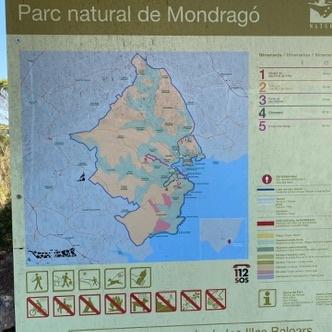How accessible are Mallorca’s hiking trails for nature photographers interested in local tree species?
Similar Topics
mallorca hiking trails
nature photographers mallorca
tree species mallorca
serra de tramuntana
holm oak photography
aleppo pine trees
mediterranean fan palm
mallorca natural parks
Mallorca’s hiking trails offer excellent accessibility for nature photographers, particularly those interested in capturing the island’s diverse tree species. The island is well-known for its varied landscape, from coastal paths to mountainous terrain in the Serra de Tramuntana, where many trails are well-marked and maintained. This makes it relatively easy for photographers to explore different habitats and find prime locations to observe and photograph native trees like the Holm oak, Aleppo pine, and the distinctly shaped Mediterranean fan palm. Many trails provide a gentle gradient, accommodating both casual walkers and more experienced hikers, which is ideal for photographers who may need to pause frequently to compose shots or await optimal lighting.
In addition to well-managed waysides, Mallorca also has several natural parks and reserves, such as the Mondragó Natural Park and S’Albufera de Mallorca, where trails are designed with accessibility in mind. These areas often feature boardwalks and pathways that allow close access to ecologically important tree species without disturbing fragile environments. For photographers, the diverse light conditions, varied flora, and abundant birdlife in these locations help create compelling compositions. While some trails venture into rugged terrain, with steeper climbs or uneven surfaces, the majority remain accessible and safe for those carrying photography equipment.
Importantly, Mallorca’s mild Mediterranean climate means that trails are accessible year-round, although spring and autumn offer the best photographic conditions with softer light and lush vegetation. Photographers should be prepared with appropriate footwear and water, as some more remote areas may lack amenities. Overall, Mallorca’s combination of natural beauty, thoughtfully managed trail networks, and a variety of ecosystems serves nature photographers well, making local tree species accessible subjects to capture in a range of stunning natural settings.
In addition to well-managed waysides, Mallorca also has several natural parks and reserves, such as the Mondragó Natural Park and S’Albufera de Mallorca, where trails are designed with accessibility in mind. These areas often feature boardwalks and pathways that allow close access to ecologically important tree species without disturbing fragile environments. For photographers, the diverse light conditions, varied flora, and abundant birdlife in these locations help create compelling compositions. While some trails venture into rugged terrain, with steeper climbs or uneven surfaces, the majority remain accessible and safe for those carrying photography equipment.
Importantly, Mallorca’s mild Mediterranean climate means that trails are accessible year-round, although spring and autumn offer the best photographic conditions with softer light and lush vegetation. Photographers should be prepared with appropriate footwear and water, as some more remote areas may lack amenities. Overall, Mallorca’s combination of natural beauty, thoughtfully managed trail networks, and a variety of ecosystems serves nature photographers well, making local tree species accessible subjects to capture in a range of stunning natural settings.
🧩 Related Questions
Related Question
How do the traditional finca houses in Mallorca reflect the island’s rural heritage and building techniques?
Related Question
What are the best practices for respecting Mallorcan art and heritage sites during a visit?
Related Question
How does the landscape around the bull figure between Algaida and Montuïri change throughout the different seasons?
